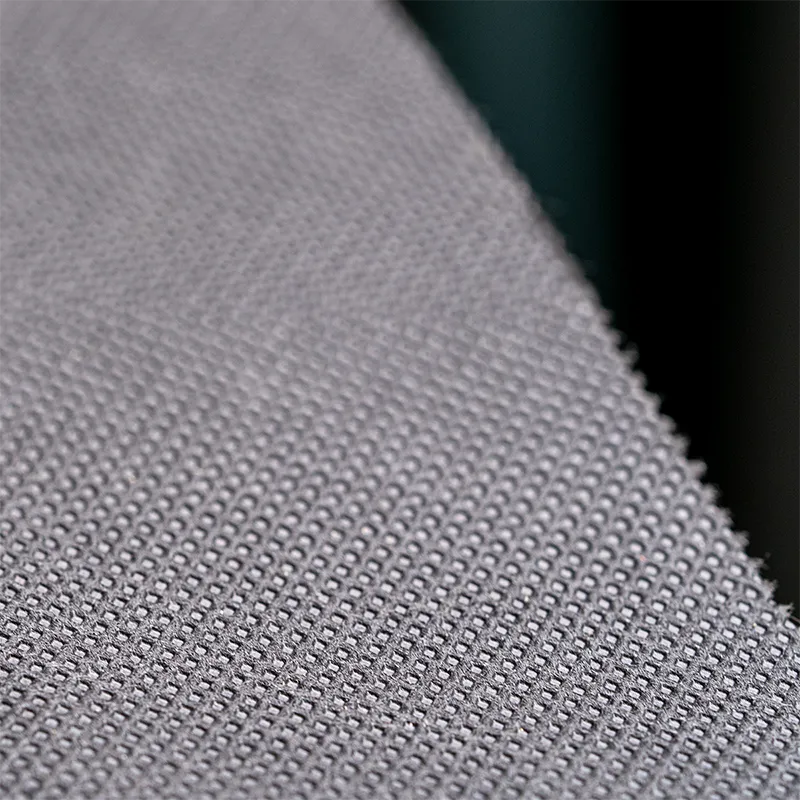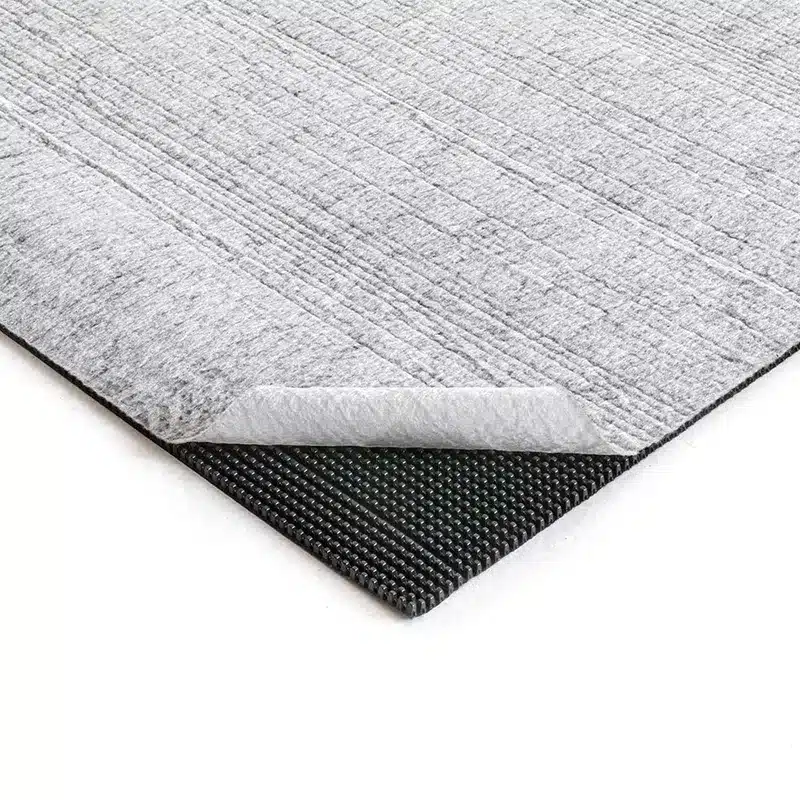+86-159 9860 6917
info@geofantex.com
geofantex@gmail.com
+86-400-8266163-44899
Nonwoven geotextile, commonly referred to as drain fabric, is a vital component in modern construction and landscaping projects. This fabric plays a crucial role in water management systems, offering excellent filtration and drainage properties. In this article, we’ll explore the unique characteristics of nonwoven geotextile, answer key questions about its use and benefits, and highlight its importance in various applications.
What kind of fabric is used for drainage?
Non-woven geotextile fabric is the primary material used for drainage purposes. Unlike woven fabrics, non-woven geotextile fabrics are made from synthetic fibers that are bonded together through mechanical, chemical, or thermal processes. This structure allows for superior water permeability and filtration capabilities. The material is typically composed of polypropylene or polyester, which are resistant to environmental degradation, making them ideal for long-term use in drainage systems.

Does geotextile fabric let water through?
Yes, geotextile fabric, particularly nonwoven types, allows water to pass through while filtering out soil and other particles. Geotextiles are used to let water through, and the fabric’s porous nature ensures that water can flow freely, preventing waterlogging and promoting efficient drainage. This characteristic is essential for maintaining the structural integrity of roads, retaining walls, and other infrastructure by preventing soil erosion and maintaining stable ground conditions.
What is drain field fabric?
Drain field fabric, another term for nonwoven geotextile, is used specifically in septic systems and other drainage fields to enhance water management. It protects sand filters from soil in drain fields that can clog and damage them. In a septic drain field, the fabric is laid over gravel or sand beds to prevent soil and sediment from clogging the drainage system. By allowing only water to pass through, the fabric ensures that the drain field functions effectively, preventing backups and maintaining proper wastewater treatment.
What is geotextile drainage fabric?
Geotextile drainage fabric, a permeable synthetic textile material made from either polypropylene or polyester, is a type of nonwoven geotextile designed to facilitate water flow and prevent soil erosion. It is used in various applications, including road construction, landscaping, and erosion control. The fabric’s primary function is to act as a barrier that filters out fine particles while allowing water to drain through. This prevents soil from being washed away during heavy rains and ensures that water is directed away from critical areas, such as foundations and retaining walls.
Nonwoven geotextile, or drain fabric, is an essential material in water management and construction projects. Its ability to filter water while preventing soil erosion makes it invaluable for drainage systems, septic fields, and erosion control. Understanding the properties and applications of nonwoven geotextiles can help ensure the success and longevity of various infrastructure and landscaping projects. By incorporating this versatile fabric into your designs, you can achieve efficient water management and enhanced structural stability.



Get Free Sample
We’ll respond as soon as possible(within 12 hours)






















